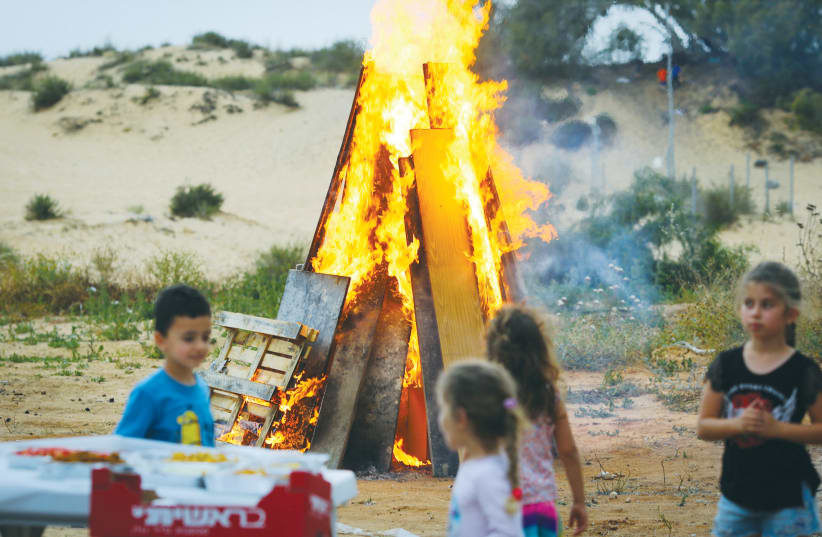The tragedy of the time was marked in Jewish life by the avoidance of weddings and days of entertainment, but on Lag Ba’omer the restrictions were lifted. This was not just in the age of Akiva, but because the whole period was punctuated over the centuries by a series of tragedies, part of the long, sad record of Jewish tears and tribulations. Examples range from the attack of Amalek in the wilderness to the Chmielnicki massacres in Eastern Europe.
Two rabbis are especially involved with the Lag Ba’omer story: Rabbi Akiva and Rabbi Shimon bar Yohai. Rabbi Akiva backed the Bar-Kochba revolt against the Romans, but being Akiva he was dedicated not only to nationalistic but intellectual concerns. The loss of thousands of his students meant either that his educational work would disintegrate or that he had to start over again. He chose the second option and exemplified the Talmudic teaching that a teacher has to raise up disciples both when he is young and even when his youth is gone. One of his new generation of disciples was Judah ben Bava, who was ordained on Lag Ba’omer. Judah later became one of the 10 rabbinic martyrs, described as great as the cedars of Lebanon who were martyred by the Romans.
Shimon bar Yohai was a student of Akiva. The Jewish kabbalists marked his yahrzeit, the anniversary of his death (yom hillula), on Lag Ba’omer. He is regarded as the author of the mystical Zohar. The yahrzeit is the occasion for a celebration at Mount Meron. The celebration marks the annual elevation of a departed soul to a higher rung in Gan Eden the Garden of Eden.
It is said that no rainbow appeared while Rabbi Shimon was alive. His righteousness was a guarantee that peace would come. He is a symbol of the proud Jewish spirit that motivated the struggle against the Romans. The unfolding of Jewish destiny took many centuries, but eventually the reborn State of Israel revived the Shimon and Akiva spirit.
Rabbi Raymond Apple is emeritus rabbi of the Great Synagogue, Sydney, Australia.
